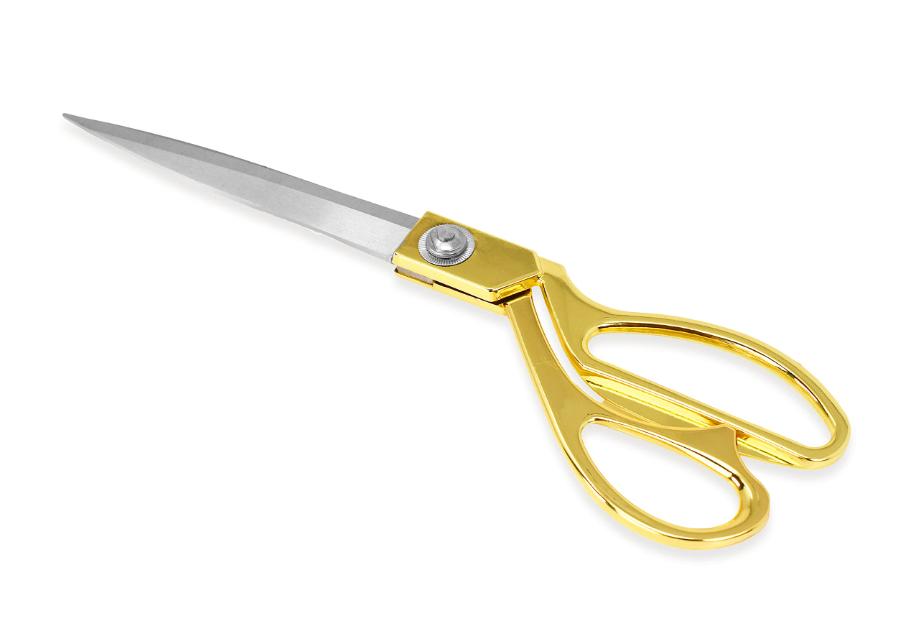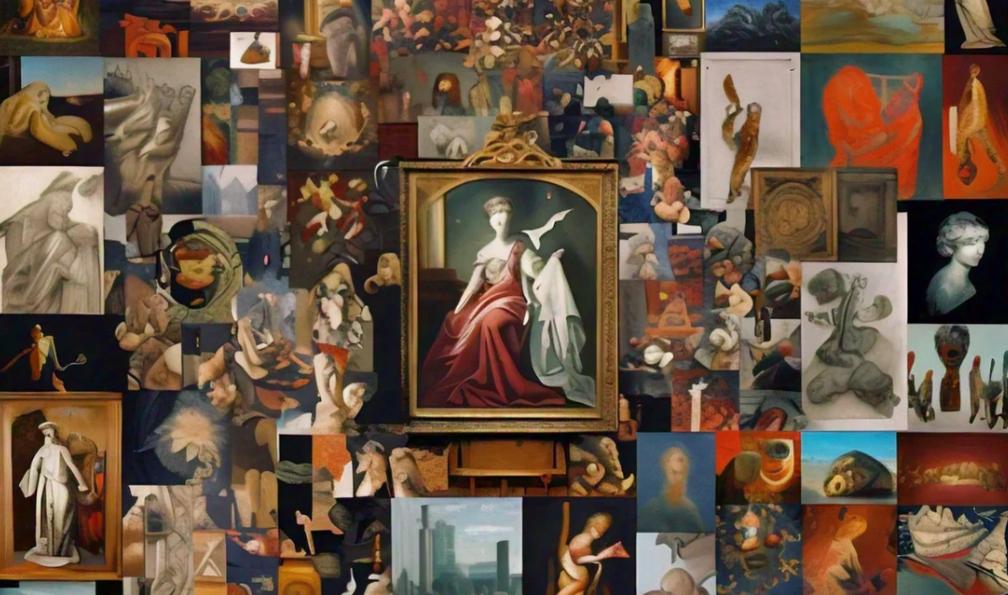Navigating the world of rare and valuable art can be thrilling, especially when it comes to antique prints. However, the process can feel daunting if you’re new to it. Working with antique print dealers can provide you with valuable expertise and access to exceptional pieces, but it’s essential to understand how to approach these transactions effectively.
Here’s a guide on how to work confidently with dealers to find the prints that suit your taste and investment goals.
1. Research Before You Buy
The first step to a successful purchase is understanding what you’re looking for. Research different types of antique prints, such as engravings, lithographs, and woodcuts, and familiarise yourself with the periods, artists, and styles that appeal to you. Knowing the basics about condition, rarity, and historical context will not only help you make informed decisions but also enable you to communicate your preferences clearly to the dealer.
2. Verify the Dealer’s Credibility
It’s crucial to choose a reputable dealer. Look for well-established antique print dealers with positive reviews, memberships in trade organisations, and transparent business practices. A good dealer should be knowledgeable, willing to answer your questions, and able to provide provenance information on prints.
3. Ask About Provenance and Authenticity
Understanding the origin of an antique print adds value and authenticity to your collection. Provenance—the documented history of a print’s ownership—can often reveal fascinating details about its journey and significance. Make sure to ask dealers for any available provenance documentation. Authenticity is equally important; experienced dealers will provide assurances, such as certificates of authenticity or details of the print’s creation, to confirm its legitimacy.
4. Inspect Condition Carefully
Condition is a critical factor that influences the value of antique prints. Look for any signs of damage, such as foxing (brown spots), fading, or paper tears, which can impact the piece’s value and appearance. Ask the dealer if any restoration work has been done on the print. Understanding the condition of a piece beforehand will help you assess if it’s worth the investment or if you should negotiate the price.
5. Negotiate Respectfully
Haggling over the price is common in the art world, but it’s essential to be respectful and realistic when negotiating with antique print dealers. Many dealers expect a reasonable negotiation but may also be firm on certain prices based on the piece’s rarity and condition.
Conclusion
Working with antique print dealers can be a rewarding experience, opening doors to beautiful and unique additions to your collection. By researching, verifying dealer credibility, and understanding the importance of provenance and condition, you’ll be well-prepared to navigate this fascinating market confidently.

 Home
Home







